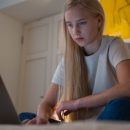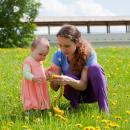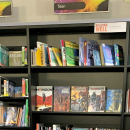
A-level choices
Making choices about post-16 learning including A-levels is an exciting time with lots of interesting choices

Making choices about post-16 learning including A-levels is an exciting time with lots of interesting choices

If you or someone you know is having difficulties with bullying, you can take action

If you are having a difficult time with friends, doing things to help yourself feel better can really help.

Why are some people bullied, while others bully?

Figuring out what you want to do for work can be confusing, here are resources to help you explore your options

Every young person in Oxfordshire has the right to information and guidance about learning and career choices

Childcare helps you continue with education and training to provide the best support to your family

Continuing with education after GCSEs is a popular choice, with lots of different ways to learn

Using digital devices and mobile phones to hurt, annoy or harass people is bullying. Learn how to use digital devices safely and supportively.

Find out more about the digital and distanced services provided by the Oxfordshire Library Service

Worried about gangs? You can find information, help and sources of support here.

With an apprenticeship you can earn money, gain qualifications, and start your career fast

Health care and staying healthy in pregnancy and after your baby’s birth

Young parents still need to stay in education, employment or training and your learning provider should support you to complete your studies

Local libraries offer plenty of things to read, borrow, watch and listen to, mostly for free!

Every year some students decide to leave their school and go to college for their post-16 learning.

Left post-16 education early? Here's what you need to do:

Good relationships make a big difference for you and baby - and extra support is there for young parents

Children must stay in education, training and learning until age 18. This can be at school, college, or (after age 16) in a job with training, like an apprenticeship.

Self harm: spotting the signs, identifying risks and helping someone at risk